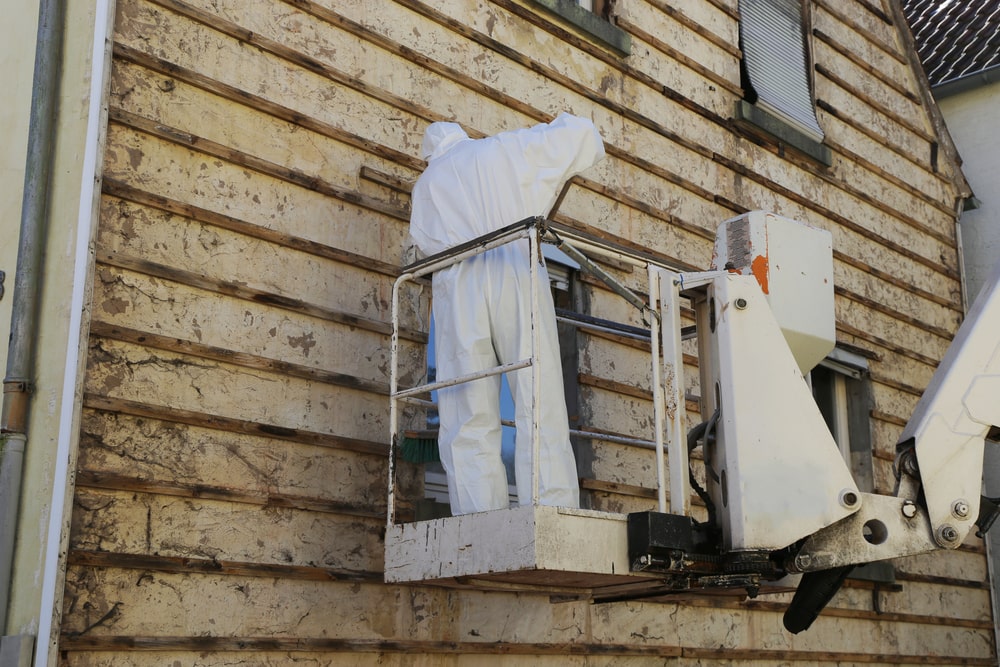Sector - Health & Safety
2018 European Week for Safety and Health at Work underway

Monday saw the launch of the 2018 European Week for Safety and Health at Work, designed to promote the prevention of exposure to hazardous materials in the workplace.
The week-long campaign forms part of a two-year European Agency for Safety and Health at Work (EU-OSHA) initiative; dubbed ‘Healthy Workplaces Manage Dangerous Substances’. The initiative aims to minimise both the presence of and exposure to hazardous materials in the workplace by raising awareness for the risks involved.
According to HSE, 8,000 Briton’s die as a result of exposure to carcinogens in the workplace each year, while an additional 13,500 are diagnosed with occupational cancer. Similarly, across the European Union, there are around 80,000 fatalities relating to work-related cancer each year, while 120,000 workers develop cancer as a result of their occupation. Crucially, many of these diagnoses are avoidable.
“We are working to highlight the scale of the problem and the importance of preventing exposure to carcinogens at work as part of our current campaign,” said Christa Sedlatschek, Executive Director of EU-OSHA. “We believe that by informing and educating workers and employers, as well as offering practical solutions, we can reduce and even eliminate exposure to carcinogens at work, thereby preventing needless suffering and deaths from cancer.”
Predictably, the construction industry has more occupational cancer cases than any other sector, with an approximate 3,500 cancer deaths and 5,500 new cancer registrations in Britain each year. Past exposure to asbestos is the leading cause of death from occupational cancer today, but exposure to silica, diesel engine exhaust emissions, solar radiation, shift work and welding fumes may well become the main causes of occupational cancer in the near future.
David Parr is Policy and Technical Services Director at the British Safety Council. He said: “Although use of some of the most dangerous substances, such as asbestos, are now banned or strictly controlled, modern workplaces continue to expose workers to dangerous agents, such as highly toxic liquids and chemicals, as well as nanomaterials, the health risks of which are not yet fully understood but predicted to be even greater.
“The most effective way of managing exposure to dangerous substances in the workplace is the creation of a risk prevention culture. When this happens, workers are pro-actively involved in risk assessment processes and are well informed about the dangers, as well as the control measures that can be taken to prevent or control them.
“Occupational exposure limits (OELs) for hazardous substances laid down in European OSH directives are crucial for the protection of workers’ health. With Brexit growing increasingly imminent, it essential that the well-established control regime relating to this issue is not compromised in any way by the UK’s withdrawal process.”
If you would like to read more articles like this then please click here.
Related Articles
More Health & Safety News
- Construction workers face the highest risk of fatality
13 Aug 25
Construction workers face the highest risk of fatality, with one in two Brits saying HSE
- A new chapter for the Building Safety Regulator
12 Aug 25
A package of potentially significant reforms to the makeup of the Building Safety Regulator have
- Seddon collaborates with ‘Mates in Mind’ to better support sub-contractors
2 May 25
Seddon Housing Partnerships and UK mental health charity Mates in Mind are collaborating to improve






